© ROOT-NATION.com - Use of content is permitted with a backlink.
Rumours about a new project from Microsoft have appeared on the Internet. We are talking about CorePC. I wonder what the American corporation has come up with?
We’ve been hearing a lot of news about Windows 12 lately, but Microsoft has bigger plans. The most interesting thing is that announced back in 2019, Windows Core OS, which I wrote about earlier, seems to be coming back to life. It’s rising like the Phoenix, even though many thought it was dead, and it seems to be rebooting into the new Windows 12. Not quite, because now Microsoft seems to want to resuscitate it under the name “Windows CorePC”. Although this name may not be final, as was the case with Windows 10X, which for some reason was eventually decided to be called Windows 11. Microsoft has long had ambitious plans to create a faster, more modular and modern OS that could compete with Chrome OS, or even Android OS and iOS. Although the concept has remained the same, its name and release dates have undergone many changes. According to the latest reports, Microsoft is now fully prepared to launch the new CorePC, codenamed Hudson Valley for Windows 12. According to Windows Central, Windows CorePC is likely to be released next year. Let’s take a closer look at Microsoft’s new project.
Read also: Do I need a third-party antivirus for Windows 11?
Why Windows CorePC?
For many experts, journalists and users, this question arose literally from the first second. We’re used to the fact that the American company hasn’t changed the name of its operating system, Windows, for decades.
Windows has long been a reliable operating system that supports a variety of devices, be it touch-sensitive tablets, laptops, or good old-fashioned traditional PCs. And the same Windows runs on both X86 hardware and devices with Arm chips with some tweaks. This puts a heavy load on the device itself, sometimes slowing down the system, which leads to a more difficult user experience. There are so many complaints about Windows at all levels of the corporation that I’m surprised they haven’t gotten tired of working on it. Users are constantly complaining about something, constantly dissatisfied with something, but they continue to use Windows.
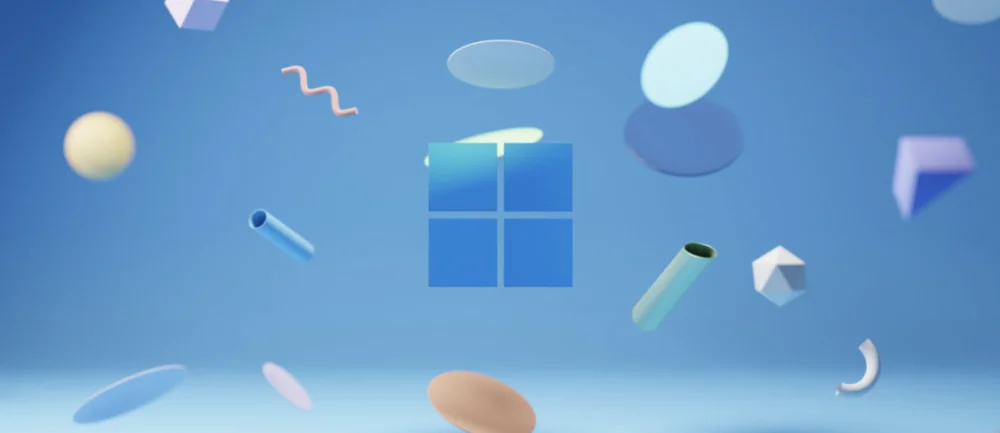
However, Microsoft understood the problem, so they have been working on this project since 2017, looking for new approaches and solutions. But as the PC market is changing rapidly, the Redmond-based tech giant is continuing to work on the new system and restructuring the core elements of the Core OS, now CorePC. Microsoft has already announced Windows 10X with modular features, but it was never released. Some insiders, including yours truly, were able to work with this system on a Surface Duo, but for some reason, Microsoft changed its mind at the last minute, and this mobile device was released on Android. Although, to be honest, I had a great experience with Windows 10X and there were high chances that it could be launched before Windows 11. Although Windows 11 got some of the best practices from Windows 10X. And now Microsoft is apparently going to use these developments in Windows 12, which is scheduled to be released in 2024.
It is currently known that Microsoft is only planning to create a minimal universal OS that can be turned into a full-fledged OS for any system, such as PCs, hybrid devices, tablets, Xbox, VR, and many other devices. The modular approach will also help end users, as they may not always need high-end specs to run the OS smoothly. In this way, Microsoft can also win back customers who may have switched to lightweight Linux-based distributions just to make their devices run smoother. In other words, it plans to conquer this market share as well.
Read also: All about the UFS 4.0 memory type: how it is better than previous versions
Does Microsoft already have multiple versions of Windows?
Microsoft has always experimented with different form factors, with different versions of Windows. Sometimes it seemed that some departments of the corporation were working autonomously, not knowing or understanding what their neighbours were doing. Perhaps that’s why it was decided to stop developing Windows 10X, because some elements of the new OS were not compatible, and there was no common vision of the future and the end result. It seemed that Microsoft never left its Garage.
As I wrote above, there were several different versions of Windows. Let’s briefly recall some of the most important ones.
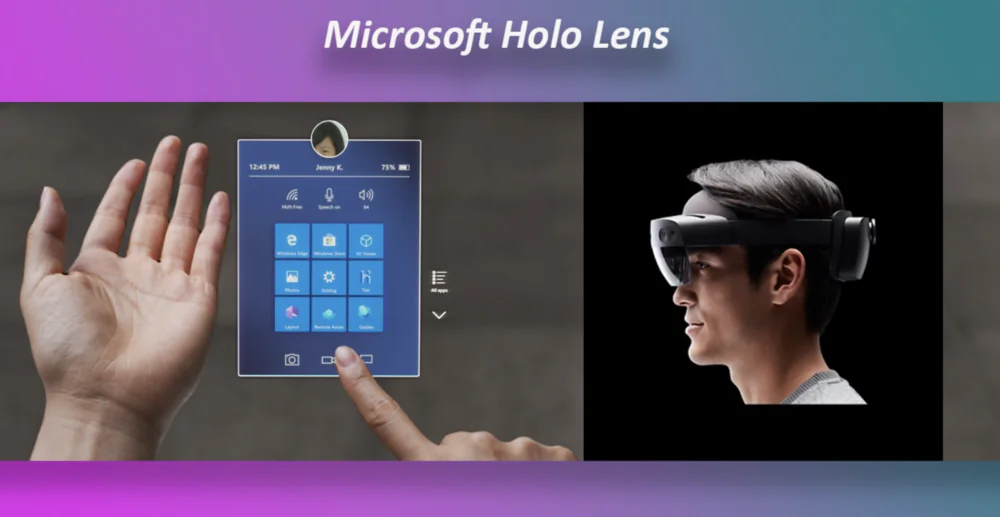
The Aruba version was designed specifically for single-screen devices such as tablets and PCs. It’s based on the same core technology as Windows 10, but offers a modular design that allows it to be customised to meet the needs of different devices. In this way, Microsoft could create a single operating system that can be used on a variety of devices without having to create separate operating systems for each device.
The Oasis version was created for mixed reality devices such as HoloLens. This version is based on the same core technology as Aruba, but is optimised for mixed reality devices and includes features such as spatial audio and hand tracking.
Finally, the Santorini version was developed for dual-screen devices such as the Surface Duo. Again, it’s based on the same core technology as Aruba, but it’s optimised for dual-screen devices, meaning it supports dual-screen apps and provides seamless multitasking.
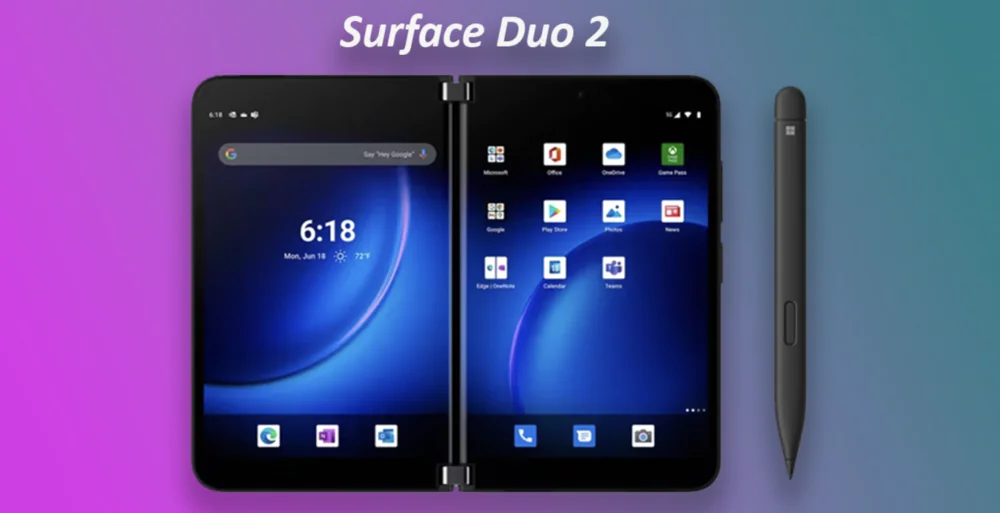
However, all of these versions were not implemented on a full scale, so they remained just experiments. This has always been the case in an American corporation. There are many experiments, but few implementations. Why? Because the risks are high, and Windows has almost no competitors. Why take risks when you can just release updates, support existing versions of Windows, and get paid for it?
I am surprised that Microsoft decided to implement ChatGPT. It seems nonsensical for a corporation where everything is thought out and calculated. But this step paid off, because Microsoft has succeeded with ChatGPT and is confidently implementing bold strategies for several other products.
Read also: What is the difference between OneWeb and Starlink?
Modular OS means faster updates
Some might say that this is nothing new, as iOS and Android have been using modular updates for a long time. This means that both mobile operating systems have several sections that control the entire OS together. It also means that you don’t use all the partitions at the same time. This approach allows the OS to download, install, and make changes to any application in the background without affecting your activities. In most cases, you don’t need to restart your device.
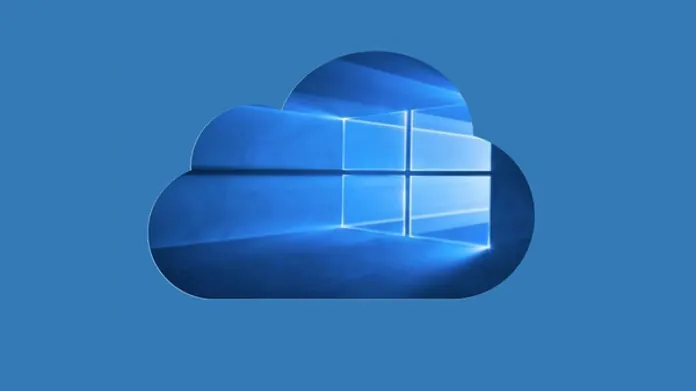
But updating programs can be a nightmare on a Windows PC, as it’s almost impossible to restart your computer when you have updates ready to install and you’re working on something important. If you have separate partitions, you can easily install updates to a non-functional secondary partition. This is exactly the approach that the new version of Windows CorePC is going to take. It will significantly change the approach to receiving and installing OS updates. This way, you will never have to wait for updates or see your system reboot and check for new available updates.
Read also: 7 coolest ways to use ChatGPT
Will there be support for outdated applications?
This is a question that Windows users ask year after year, because most of them want their outdated printer or mouse to work well with the newest version of Windows. Because they want to, that’s all.
Microsoft can drop support for legacy applications in its cost-effective and clean CorePC, which is supposed to be 60-70% lighter in hardware, saving a lot of processing power. Users who need support for legacy versions can install the legacy module on older versions of Windows if they wish. And simplified versions of the system, such as CorePC for students, would not require legacy support and could be a great alternative to chromebooks.
A virtual reality version could have support for holographic lens modules. The Windows version for tablets could have better touch functionality, suppressing performance but increasing energy efficiency. Power users and enthusiasts can still install all the add-on modules on their high-end machines. In this way, CorePC can be a win-win for all users. In addition, developers would have better control over the distribution of updates.
Simply put, it’s best to use Windows CorePC on the latest hardware because that’s when you’ll get all the benefits of the new version of Windows.
Windows CorePC with integrated AI
Today, artificial intelligence has taken over the Internet. We have seen machine learning being implemented in almost every application. Microsoft has not stayed away from this process either, we have started to see the introduction of ChatGPT for Office applications, but the most interesting is the version of Bing AI with artificial intelligence algorithms for the Microsoft Edge browser.
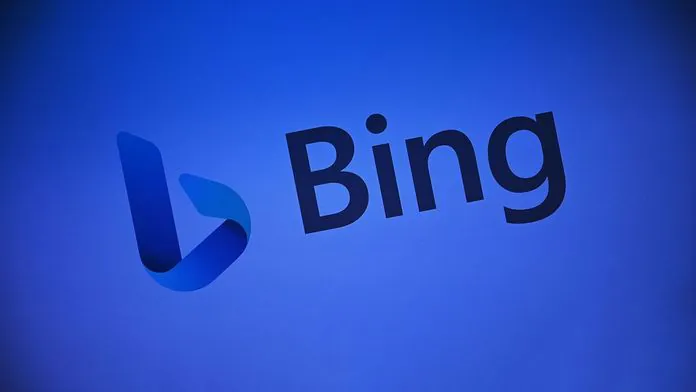
It is not surprising that Intel and AMD have begun to produce chipsets with NPUs to perform the necessary tasks related to artificial intelligence. And it is impossible to avoid the participation of artificial intelligence built directly into the next Windows 12 or Windows CorePC. Most likely, Intel and AMD already have the specifications needed to implement AI features in the next iteration of Windows. Perhaps, along with the release of Windows CorePC, we will see new versions of Intel and AMD chipsets with AI support.
Microsoft wants to dominate the Windows CorePC PC market
Windows is currently the most widely used operating system in the world. Just as Google is synonymous with search, so is Windows synonymous with PC OS. And to move this forward, Microsoft would like to keep CorePC free and charge users for additional modularity features. This way, the company will be able to maintain its strong position in the PC market and make money from its services, such as Office, games, app store, etc. It will also mean that users looking for free alternatives can be attracted to the Windows ecosystem.
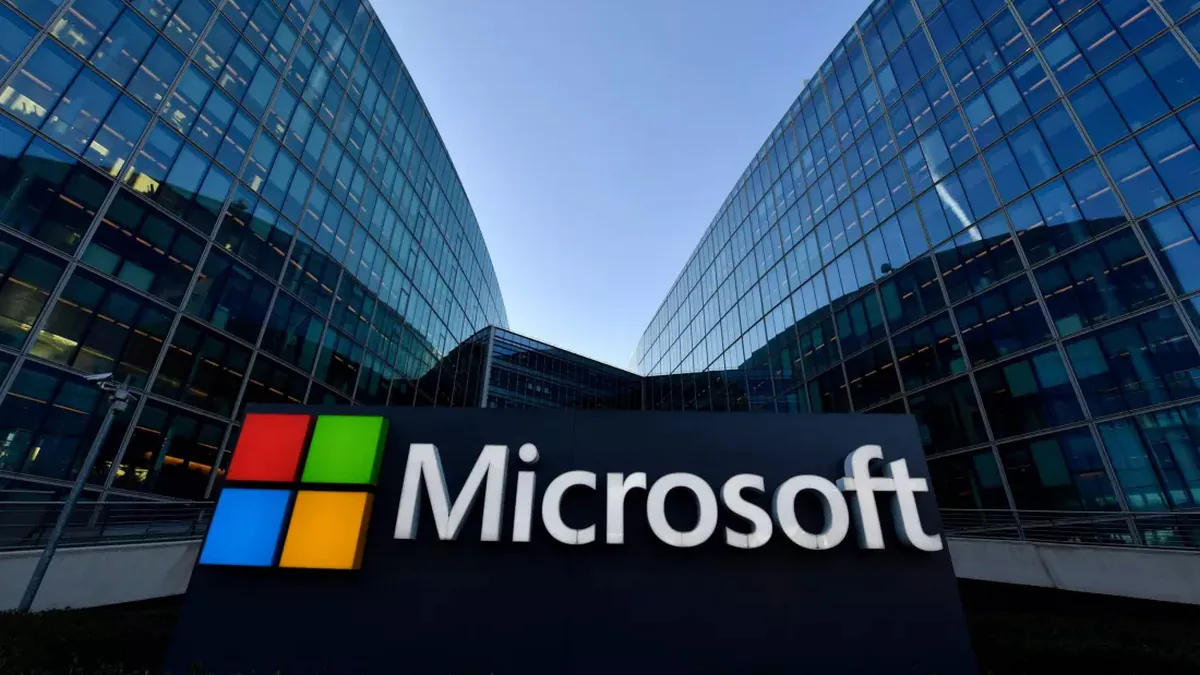
In any case, OEM versions of Windows 10/11 are already available at a very low price. And if you purchased a Windows licence separately, you already get free updates to newer versions. This was the case with the transition to Windows 10, which was welcomed by users, and it’s the same with Windows 11, albeit with some device compatibility requirements. With Windows 11, Microsoft has already shown that it can create a modern, attractive design for its OS. The new polished look, the new app store, the new desktop mode, the updated user interface – everything is changing for the better.
Despite the fact that MacOS is famous for its modern look and stability, Microsoft wants to go a step further and make Mac users admire Windows CorePC.
Has Microsoft (again) gone mad?
Probably not. Microsoft knows that the future is all about the cloud and online services. Scaled-down, slightly closed versions of Windows would be very fast, reliable, and reliable. The Windows Central report explicitly states that they should be in direct competition with ChromeOS, and personally, I wouldn’t be surprised if Microsoft tries again with… smartphones and tablets. Just imagine Windows on a phone that no longer suffers from a lack of apps, because this inconvenience will be compensated for through Project Latte. Microsoft has often surprised the market with truly out-of-the-box solutions, so while this paragraph is pure speculation on my part, just imagine this scenario.
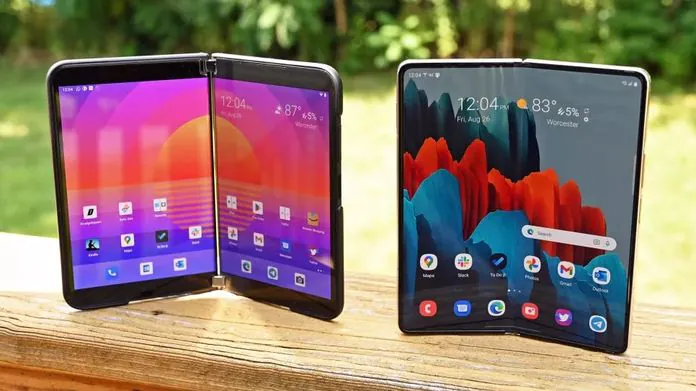
This comes at a time when Microsoft is in a really good position relative to its competitors. It has a serious trump card in its hand, which is OpenAI. Strengthening its position and trying to crush its usual competitors in other areas is probably not Nadella’s style (I would expect more of that from Ballmer). This would even be welcomed by shareholders, who may be happy with Microsoft’s current financial results… but I get the impression that sometimes they expect something more.
Conclusion
We’ve seen how Microsoft has renewed itself under Satya Nadella’s leadership to impose its own game on Google in the search business. Bing is actively gobbling up global search results share after integrating ChatGPT. Investing USD 1 billion in OpenAi in 2019 helped Microsoft to take the lead among all other tech giants. ChatGPT has almost no competition, at least for a while. And thanks to GPT4’s integration with Bing, Microsoft is now unstoppable.
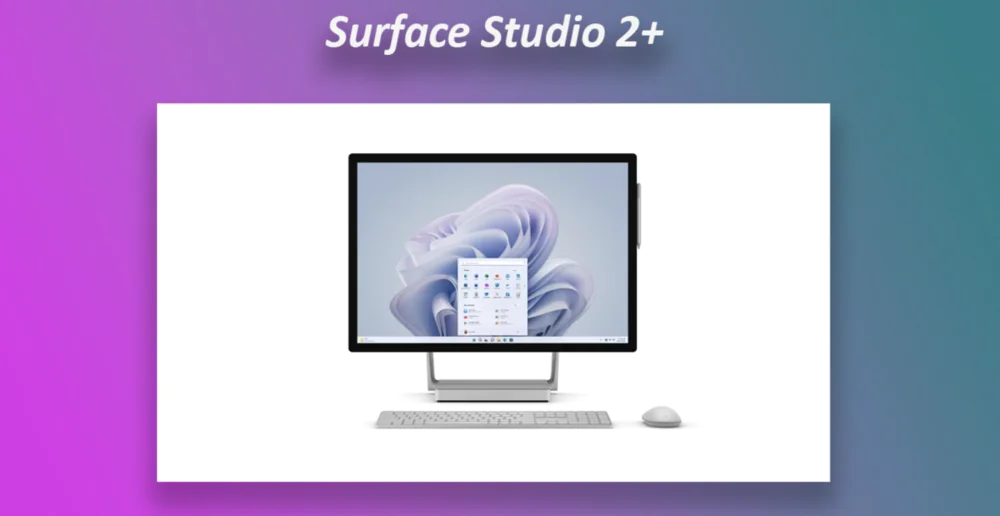
Now that artificial intelligence is gaining significant traction and profitability is soaring, it’s the perfect time for Microsoft to invest in its Windows CorePC and give it a major upgrade. We are on the verge of a global rethinking of the concept of operating systems. Could Windows CorePC be the first swallow of this revolution?
Read also:
- 10 discoveries that prove Einstein right about the universe. And 1 that denies it
- The most famous hacker attacks that hit the whole world

